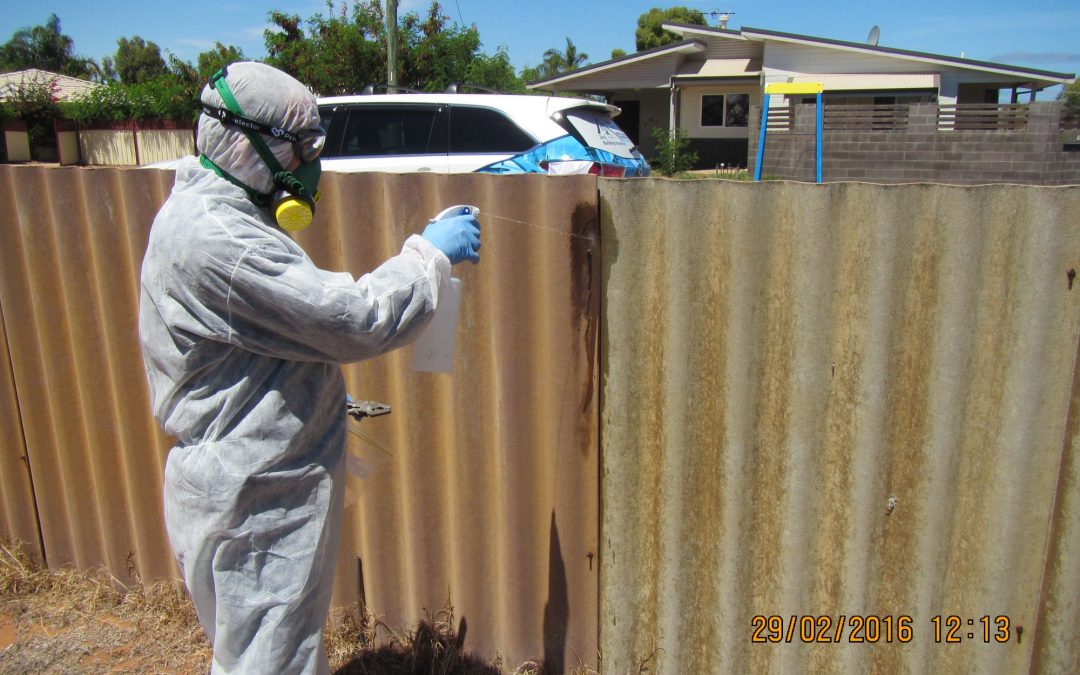When clients have concerns about asbestos, they often ask us, “How do you test for asbestos?” Asbestos may be sampled in several different methods. Bulk, air, and dust sampling are all examples of such techniques. In this blog, we’ll explain these techniques and help you choose the proper testing for your needs.
Bulk Sampling
Asbestos bulk sample removes a large portion of the questionable material for analysis. This technique is frequently used if a material’s safety is questioned, such as during a real estate sale or a restoration. A representative chunk of the material is carefully removed during a bulk sample collection for analysis. Cutting the material might release asbestos fibers into the air.
Therefore, it’s essential to create as little disruption as possible. Before taking samples, an asbestos inspector often sprays the material with water containing a surfactant, like a dish detergent, to keep fibers from becoming airborne. A portion, about the size of a quarter, will be destroyed and taken as a sample by the inspector. A box cutter may remove a section of the drywall, while a coring tool can remove insulation around pipes. The possible evidence is sealed in a bag and marked for the lab. Patching, sealing, or covering the remaining area will prevent further fiber escape. The sample is then sent on to a reputable facility for analysis.
Laboratory testing using a variety of microscopes can determine if a sample contains more than 1% asbestos. When a substance contains more than 1% asbestos, it is referred to as an “asbestos-containing material” and is subject to strict regulations.
Air Sampling
Air samples can also be taken to check for asbestos. Because of the possibility of fiber release during abatement, air testing is often performed after any disturbance of a material suspected of containing asbestos or after asbestos removal. If walls were knocked down in a house constructed before 1980 without first checking the wall material for asbestos, for instance, air sampling would be recommended. Asbestos fibers may have been released inadvertently as a result of this. In another scenario, a clearance air sample may be required following asbestos removal to ensure no fibers are emitted. Asbestos fibers are collected by forcing air through a filter membrane the size of a quarter. One thousand two hundred liters of air is typically used in these tests, which can take up to two hours to complete. The number of air samples taken might be high, depending on how extensive the investigation is.
Dust Sampling
Dust sampling is the last approach used to check for asbestos. This technique is typically employed when it is suspected that asbestos fibers may have been released in the past. Although asbestos fibers can float in the air for long periods, they eventually become part of the dust. For example, if a previous property owner performed subpar abatement work, asbestos particles may still be present in the dust years later. Once the samples have been gathered and evaluated, we may utilize standard industry practices to determine if the level of asbestos fibers is low, high, or extremely high.
Take Away!
When you request an asbestos testing Perth from us, your licensed asbestos inspector will visually investigate any locations that are accessible while taking photos and samples. In a laboratory with NATA certification, all samples are examined. If you are buying a commercial property, you are legally required to take further steps to identify asbestos and reduce the risk of exposure for your employees. Get an asbestos inspection from Jim’s Building Inspections to safeguard your health and avoid financial difficulties. Call us right away to learn more.


Recent Comments